Ma Xiaolin, dean of the Henan Museum, gave a presentation to teachers and students at 30 universities
- HENAN MUSEUM
- Time:2020-12-15 15:21
On the morning of July 24,2020, researcher Ma Xiaolin, Dean of the Henan Museum, delivered a special report entitled "the Study of Bone implements and ancient society" to the students of the archaeology summer camp of the History Department of Capital Normal University, more than 100 teachers and students from more than 30 colleges and universities participated in the lecture. President Ma Xiaolin introduced the research contents of bone apparatus from five parts: the research status of bone apparatus in China, the characteristics of animal bones, the characteristics of bone apparatus production, the research of bone apparatus workshop and the problems to be explored.
On the research status of Chinese bone apparatus, Ma first divided the history of Chinese bone apparatus research into two stages, and summarized the reasons. From the 1930s to 2010, it was the initial stage of the research on bone apparatus in China, the related research work focuses on the identification and judgment of the Paleolithic, the description and classification of the Neolithic Age and the Xia, Shang and Zhou Dynasties. Since 2010, great attention has been paid to the excavated aggregates in the research of bone implements in China, and the academic achievements have been greatly increased. On the research of Neolithic period, Ma thought the research contents could be divided into Mussel implement, bone horn implement, bone implement types and animal resources, etc. However, the research on the Bronze Age Ossuary is mainly concentrated on the workshops in the ruins of Erlitou, Yin Ruins, Feng Gao, Zhouyuan Site, etc. , in addition to the identification of the unearthed objects and the micro-analysis of the bone-making process, the differences and relations of the nature, spatial distribution and production management patterns of different workshops are also concerned.
Ma then pointed out that animal bones have three characteristics and explained its role in archaeological research. In terms of biological characteristics, Ma thinks that animal bones have attributes such as species, age, sex and position, which can provide important information for understanding the relationship between animals, environment and human beings. For the physical characteristics, Ma stressed that the hardness of animal bones is more special, is a good carrier for the preservation of artificial traces. The chemical properties of animal bones can be studied with the help of stable isotope, DNA and other technologies.
When talking about the characteristics of bone ware production, Ma elaborated from the Neolithic Age to the Bronze Age in four aspects: Material Selection, shape, manufacture and technology, from diversity to preference, from individuation to standardization, from decentralization to scale, from simplification to complexity, etc. , it is emphasized that metal tools and urbanization are the decisive factors driving a series of changes.
The fourth part of the lecture is the study of bone-making workshop. Ma introduces the definition, classification and analysis methods of bone-making workshop. In this part, taking the analysis of the aggregate excavated from the Lijiayao site in Sanmenxia as an example, the analysis process of the bone-making workshop is introduced in detail, then find out the internal logic of the manufacturing process, analyze the aggregate micro-trace to predict the aggregate processing tools, and finally outline the complete manufacturing process from material selection, cutting, green forming to dressing machine
At the end of the report, Ma pointed out five problems to be explored, and made assumptions from the aspects of functional technology, Management Model, social structure, etc. , will be able to pay more attention to the bone apparatus research content, encourages the schoolmates to be able to have the achievement in this aspect in the future.
Ma's lecture was full of content and easy to understand. There was no rest and no pause in the whole lecture in the morning. After the lecture, he began to interact with the students. The students put forward such questions as the inheritance relationship between bone-making waste and production technology, whether the functions of stone tools can be used for reference in the study of bone tools, and whether the burial of bones can interfere with the trace analysis.
Editor:Yangcong
Recommended Content
-

Henan Province, the fifth paper-based Cultural Relics Protection and restoration technology training course successfully concluded
2020-12-14 15:32 -
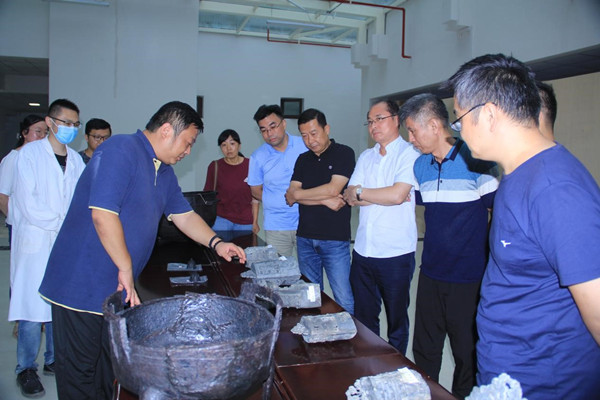
The Henan Museum to undertake the conservation and restoration project of Pingdingshan's metal relics
2020-12-14 15:39 -
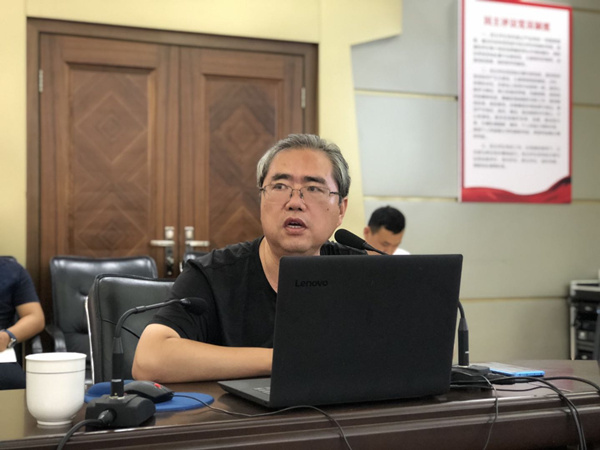
Henan Museum expert talks with Youth About Shang Zhou Bronze Weapons
2020-12-15 15:28 -

The Henan Museum will hold a Youth Salon under the theme of "uniting the strength of youth, serving the development of culture and museums"
2020-12-15 15:57 -
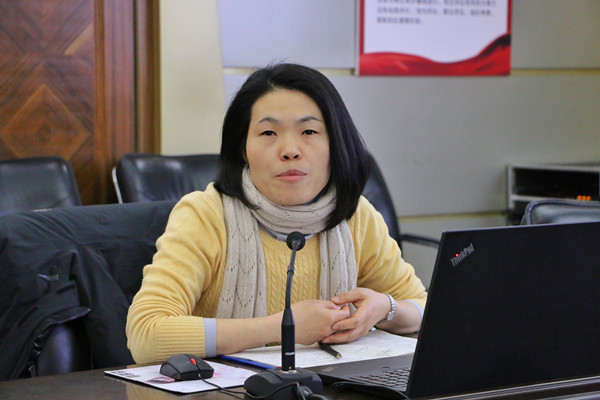
Henan Museum and young people read China manual together
2020-12-15 16:01 -

List of projects supported by the Henan Museum in 2020
2020-12-15 16:03 -
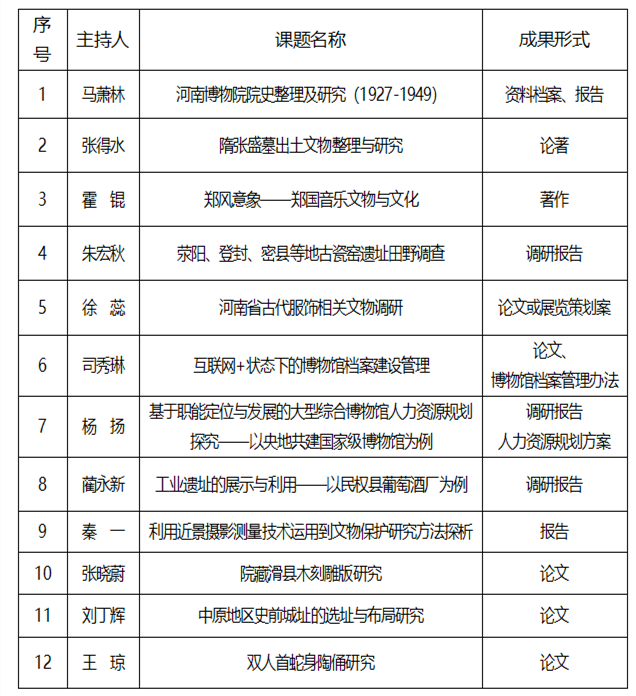
List of projects supported by the Henan Museum in 2019
2020-12-15 16:05 -
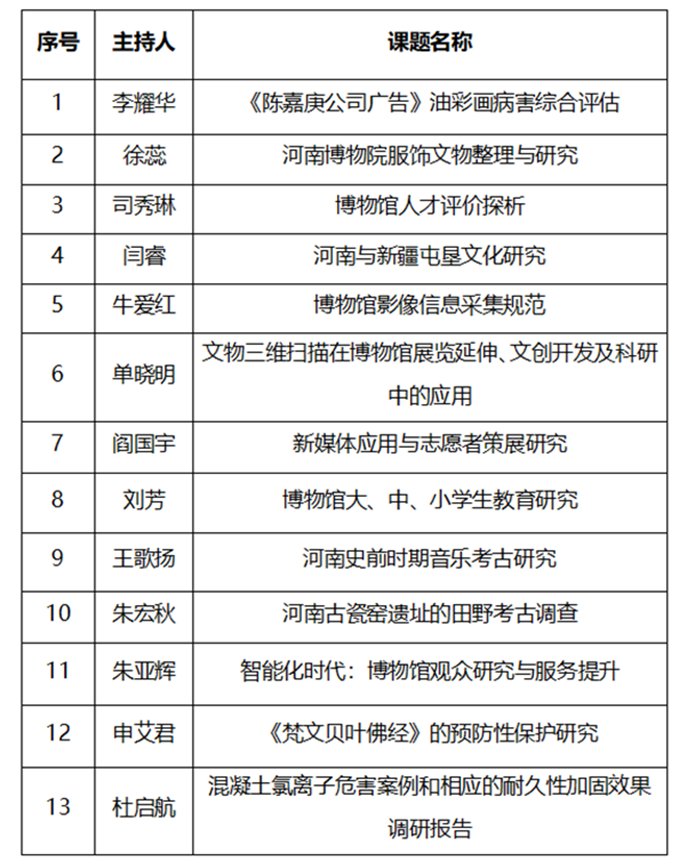
List of research projects funded by the Henan Museum in 2018
2020-12-15 16:07
News
-
Henan province in Ming and Qing dynasties
-
Great China, the choice of the capital
-
Henan Museum to participate in "Museum Education Training in Central Plain" in Shandong
-
List of research projects funded by the Henan Museum in 2018
-
List of projects supported by the Henan Museum in 2019
-
List of projects supported by the Henan Museum in 2020
-
Henan Museum and young people read China manual together
-
The Henan Museum will hold a Youth Salon under the theme of "uniting the strength of youth, serving the development of culture and museums"
-
Henan Museum expert talks with Youth About Shang Zhou Bronze Weapons
-
Ma Xiaolin, dean of the Henan Museum, gave a presentation to teachers and students at 30 universities


